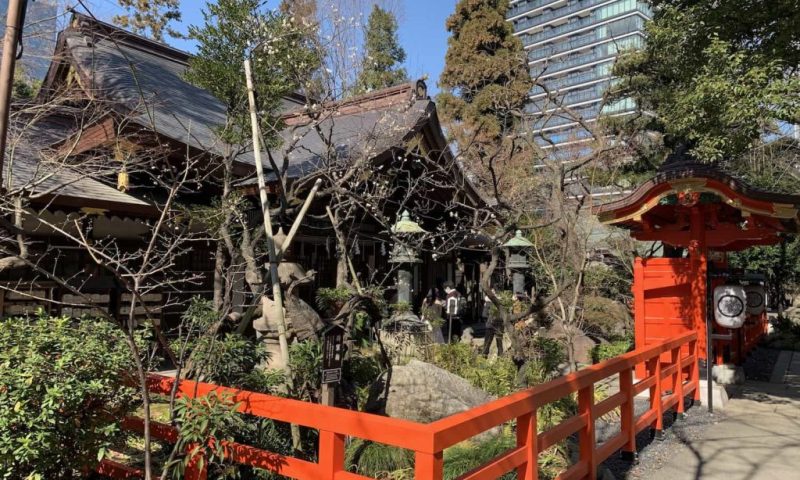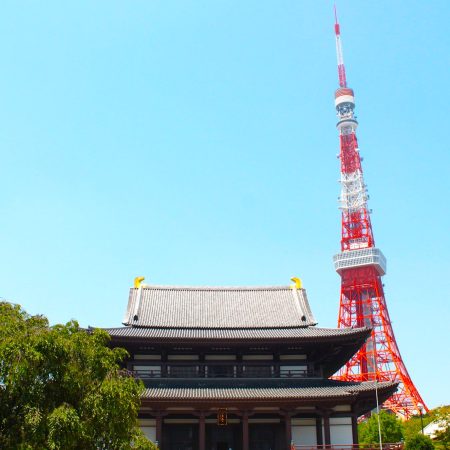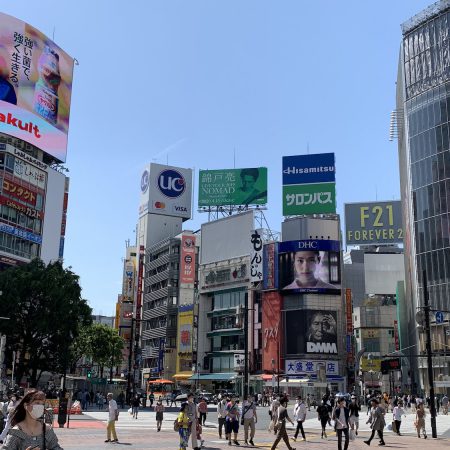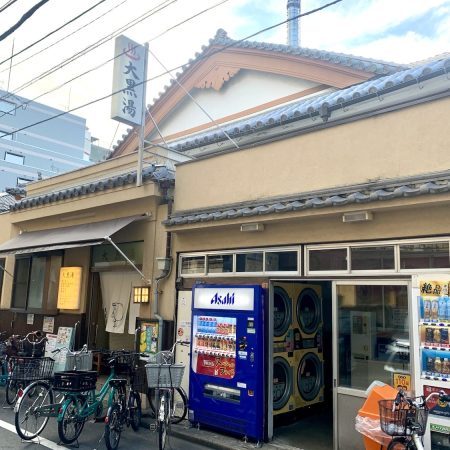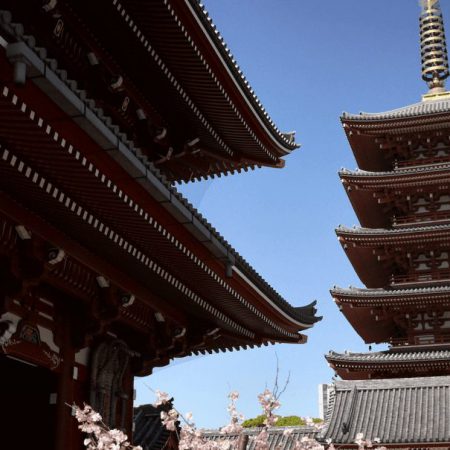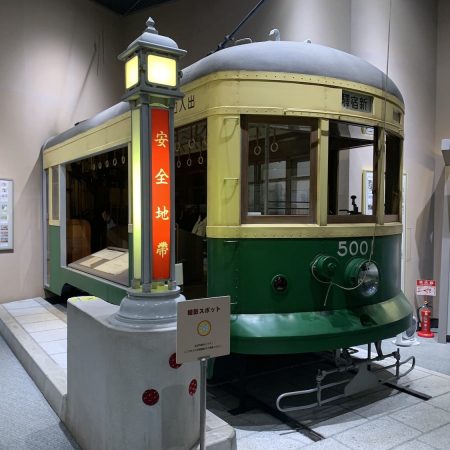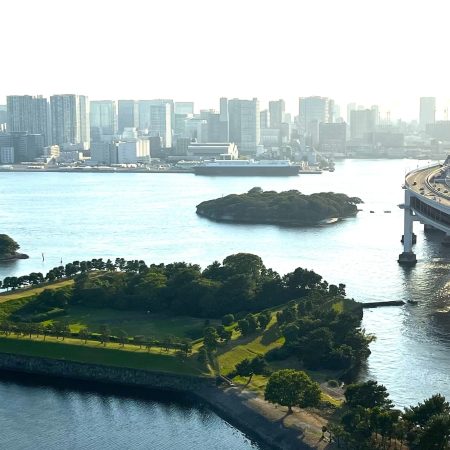Erected in 1958, Tokyo Tower once reigned as Japan’s tallest broadcasting tower, soaring to 333 meters until surpassed by the Tokyo Sky Tree. Adorned in a distinctive red and white palette for enhanced visibility, it ceased broadcasting in 2011 but graciously opens its doors to the public. Offering sweeping vistas from observation decks at 150 and 250 meters, along with an exhilarating Skywalk Window experience, Tokyo Tower stands as an iconic symbol when illuminated at night, gracing the city’s skyline. Nestled in its proximity lie a myriad of attractions, including historic shrines, serene temples, lush gardens, upscale shopping, and culinary delights, collectively forming a mesmerizing tapestry of nature and culture within the bustling heart of the metropolis. Of all the attractions, Dishes Japan has selected places that should be visited during your stay in Tokyo.
Tokyo Tower (東京タワー)
Tokyo Tower, a 333-meter iconic communications and observation tower in Minato, Tokyo, stands as Japan’s second tallest structure. Built in 1958, inspired by the Eiffel Tower, it symbolizes post-war economic growth and offers panoramic views from its Main Deck at 150 meters and Top Deck at 250 meters. With unique features, including a glass floor section, souvenir shop, and LED-illuminated handrails, visitors can enjoy a one-of-a-kind experience. The commercial complex at the tower’s base, FootTown, offers various attractions, making Tokyo Tower a must-visit cultural icon with historical significance and entertainment options. Accessible by public transportation, it promises an unforgettable journey.
Shiba Park (芝公園)
Shiba Park, established in 1873 in Tokyo’s Minato district, is a historic oasis boasting natural beauty and cultural significance. Highlights include the Shiba Maruyama tomb, Autumn Leaf Valley, Shiba Toshogu Shrine, and Zōjō-ji temple with its rich events. Adjacent to Tokyo Tower, the park seamlessly blends tradition and modern attractions, offering a serene escape for various interests. Whether for a picnic or jog, Shiba Park is a must-visit destination, combining history and natural splendor.
Shiba Toshogu (芝東照宮)
Shiba Toshogu Shinto shrine, established in 1617 to honor Tokugawa Ieyasu, offers a fusion of Shinto and Buddhism, attracting history and culture enthusiasts. Notable features include a majestic ginkgo tree planted by Tokugawa Iemitsu, a National Treasure effigy of Ieyasu, and Edo-style wood carvings. The shrine symbolizes Japan’s cultural fusion and rich history, drawing visitors for its annual festival on April 17th. Located in Tokyo’s Minato district, it is easily accessible and free to enter, providing a captivating experience of Japan’s heritage.
Zojo-ji (増上寺)
Zojoji Temple in Tokyo, with a history dating back to 1393, is a significant cultural and religious center. Originally a nembutsu seminary for Jodo Shu, it served as the family temple for the Tokugawa dynasty during the Edo period. Despite being destroyed in World War II, the temple was restored and remains the main temple of the sect, hosting various religious and cultural events. The Sanmon, built in 1622, is the sole surviving original temple building, representing purity in Jodo Pure Land Buddhism and is recognized as an Important Cultural Property. While visitors can admire its beauty, access to the second floor is restricted.
Stairway of Success (愛宕神社 出世の石段)
Atago Shrine, atop Tokyo’s highest natural terrain, was built in 1603 to protect the city from calamities, embodying Japanese values. Its highlight is the “Stone Steps to Success,” believed to bring career success. The shrine, amidst urbanization, offers a unique cultural experience and hosts the Stone Steps Festival annually in September.
Hayao Miyazaki’s NTV Clock (宮崎駿の日テレ時計塔)
Hayao Miyazaki’s Ghibli Clock, located outside the Nittele Tower in Tokyo, is a magnificent work of art and sculpture. Unveiled in 2007 after six years of craftsmanship, the clock, crafted from 1228 hand-pounded copper plates using traditional blacksmithing techniques, weighs 28 tons. With dimensions of 18 meters in width, 12 meters in height, and 3 meters in depth, the clock resembles a moving castle, reminiscent of Miyazaki’s film “Howl’s Moving Castle.” Embraced by Tokyo citizens, the clock’s intricate gears come to life, offering a captivating and inspiring experience beyond mere timekeeping.

